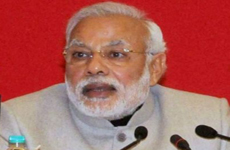

In Niti Ayog states have been made governing council members like it is there in a typical cooperative board. In Planning Commission, though they were part of what was then known as NDC, they were at the receiving end. Here, as the GC members they have the right to set the agenda of meetings.
The “cooperative-ism” marks the difference between Planning commission and NITI Ayog. While the former was a top-down approach the latter a bottom-up strategy, point out experts underlining the importance of the spirit of cooperation in the NITI Ayog.
It was clear as the word cooperative dominated the entire discourse in the first meeting of the National Institution for Transforming India (NITI) Aayog in Delhi Sunday. The meeting presided over by Prime Minister Narendra Modi, felt that cooperation between states and the Centre is key to the agenda of development.
Prime Minister conceived this novel concept as he came from a state with a strong tradition of cooperative movement, commented an expert. In the words of Prime Minister Narendra Modi “ cooperative federalism will help trigger a virtuous circle of progress and prosperity in India”.
The Prime Minister appreciated the team spirit shown by all participating Chief Ministers through thoughts and vision expressed by them during the meeting.








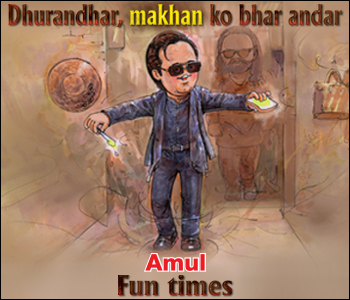


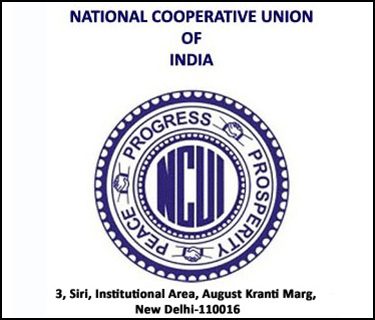
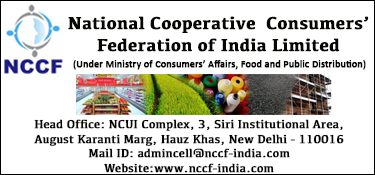
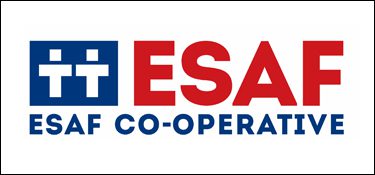


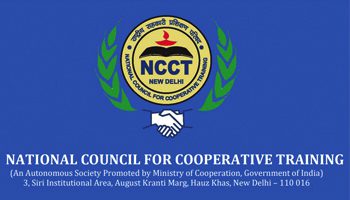



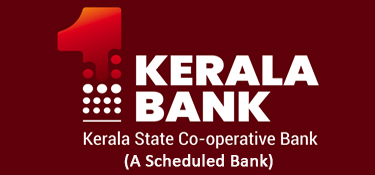







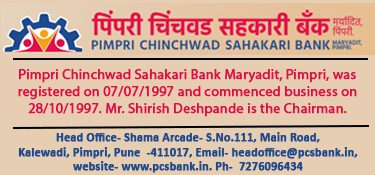



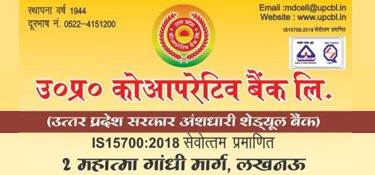




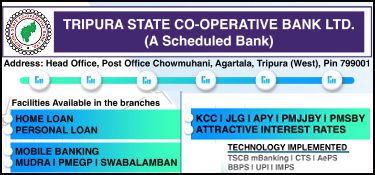














I would strongly urge NITI to emphasize concurrently on implementation of 97CAA and especialy Article 43B of the Constitution. Inculcating Cooperative spirit in “Panchati Raj” is another strong tool towards speedier results of cooperative federalism. The TALLEST CALL on NITI is to insulate both these processes (Grass Root Cooperative Movement & Panchayat Management) to the Petty Party-Politics, which has perhaps and (hopefully) stooped to its bottom – (and it will now turn bottom-up towards mutual tolerance). NITI in Indian Ethos stands for instilling quality in each ane every public Policy. We hope works by NITI will inspire each & every “Indian-BPL” harboring an optimism for “ACHCHHE DIN” in SwaChchh Bharat.